My wife has a couple of little rhymes she uses to instill values in our children. One of my favorites, and simultaneously the one that is hardest for me to cope with, is “You get what you get, and you don’t get upset.” This especially applies when looking at the price tag for the new Rock Band 3, complete with all its fancy accessories and thousands of downloadable tracks. I’m a kid in a candy store, but I got no money.
The Rock Band franchise is now host to well over 2000 songs, all of which contain multiple instrument tracks (guitar, bass, vocal, drums). And while Rock Band 3 allows you to play any song from that old collection, they will indeed feel “old” compared to the new additions for Rock Band 3.
You already know what they are if you’ve been paying any attention: namely, the keyboards, the three-part vocal harmonies (first introduced in The Beatles: Rock Band), and the “pro mode” instruments that take the game to a whole new and very educational/instructional level. While the game will continue to serve the casual market, it seems that the restless hardcore needed a new, “realistic” challenge. Just how close will they get? Well, that depends on how much money you have.
Learn more in our detailed review, along with our “professional” opinion on how to best enjoy this game, after the jump.
Before we get into the nitty-gritty, let’s knock out some basics for the sake of the readers who may be unfamiliar with the Rock Band franchise. Those among us who have played past games in the series will want to skip this paragraph. Rock Band 3 is a rhythm game that uses specialized plastic peripherals to simulate instruments in a standard rock band. Of these, the most elaborate is almost definitely the drum kit, which was a fairly “realistic” experience since its inception. Guitar/bass was handled on the same device (and compatible with Guitar Hero titles): five buttons on the first five frets of a fake guitar, held down in different patterns and then strummed (using a plastic click-switch) at the right time. Vocals are captured via pitch-monitoring (you don’t need to sing the right words, just get the notes right). Tracklist includes music from the 1960s to the present. People can play any one instrument solo, or get a group of friends together to man different instruments, or play co-op online. There’s also a career mode that involves achieving certain accomplishments alongside high scores to progress from local, to regional, to national, and finally to international fame. Your band members are all graphically customize-able, with more clothes, hairstyles, and instruments unlocked with different achievements.
So that’s the basics behind Rock Band 3, and really the series as a whole. Next on the agenda: song selection.
This is really important to me, personally, because what’s on the disc is basically all I can get. If I start spending the money to download any of the 2000+ songs available, I’ll be strapped for cash mighty quick. So the 80 or so that come with the game had better endear themselves to me. Lucky for me, it seems that some of the music was selected with my generation in mind, and the rest was music I ought to know more about.
One of the first songs announced for RB3 was Ida Maria’s emotionally charged punk rock anthem “Oh My God.” Good choice. Though it’s lacking in the keyboard department, and though the song is very straightforward and repetitive, this one is a blast to sing or play, solo or with friends. You can just go nuts for three minutes. When playing on expert, you really have to keep up with the fast repetition, and the drum part is insane. For pro-mode players, however, the chords themselves are simple punk rock (I IV V) chords, so it’s not too big a problem compared to some of the harder pro-mode guitar parts.
For fans of the older days, we have songs from The Who, The Doors, Jimi Hendrix, and more. The game’s opening cut scene features the ever-awesome song “Break On Through (To the Other Side)” by The Doors. I made the point about Ida Maria’s lack of keyboards because, for the most part, every song on RB3 has a pronounced keyboard part. The jazz/rock organ keyboard on Break On Through is an absolutely perfect piece to use to introduce the keyboard (which, by the way, is a two-octave, $80 device that can actually function as a real keyboard with MIDI output). That bouncy rhythm section is awesome for the bass, and then the running melodic guitar lines and a vocal part that will challenge the greatest of karaoke stars… what a power-packed combo!
Other noteworthy songs include “The Hardest Button To Button” (The White Stripes), “The Con” (Tegan and Sara), “Space Oddity” (David Bowie), “Imagine” (John Lennon), “Everybody Wants To Rule The World” (Tears For Fears), “Whip It” (Devo), “Rock Lobster” (The B52s), “The Killing Moon” (Echo and the Bunnymen), and “Bohemian Rhapsody” (Queen). That last one, man, gotta try out the three-part harmony (if you can get three microphones). I want the old cast of Wayne’s World in my basement singing and playing along to that one!
The problem with any standard set list to a disc is that, for every super awesome song you want in a game like this, your mind immediately thinks of dozens of similar songs you want that just aren’t available. Even if they are available to download, they do not (yet) have pro mode or keyboard parts for them. You’d think with 2000 songs you’d have a decent Radiohead collection. But all I could find was “Creep” and “My Iron Lung.” No “Electioneering”? And with keyboard added, nothing from the KID A album? Madness.
And heck, with the pro mode drums offering more auxiliary percussion, where is “Don’t Fear The Reaper” from Blue Oyster Cult? I NEED MORE COWBELL!! Seriously, you could probably sell a $10 plastic cowbell addition to thousands of eager fans who just want to play that one song. Think about it, Harmonix. You know I’m right.
Alright, enough with song selection. Let’s talk a bit about functionality.
One of the greatest challenges to overcome in a game that requires timed accuracy with rhythm is latency (a.k.a. “lag”). Rock Band 3 offers a variety of calibration methods for each instrument: automatic, manual, or input your own latency codes in milliseconds. Unfortunately, I don’t think the calibration test works well for everyone. I somehow got a negative latency on audio and a slight latency on video when I tested. As a result I found myself having to strum notes *well* before I heard them during song. So I went back and reset the latency to a default 0/0 (no latency) and was able to perform expert pieces better. There’s nothing more frustrating than when you *know* you played the note properly and at the right time, but the game counts it as a miss. Building more tolerance around the notes would be appreciated, *especially* in pro mode. More advice from a pro here, Harmonix. I hope you’re reading! (Other readers: I can assure you they’re not, but it’s fun to pretend I’m important).
There are plenty of vids on the world wide Internetz that will demonstrate to you the exact nature of the pro guitar. Fishing line strings go over frets that have nodes detecting the point of contact. This technology has been around for years in developmental phases; I’d seen videos of it at CES in 2008 and perhaps even before. But until now, nothing had ever gotten close to making it work for gaming. This is the closest we have yet. And technically we don’t even have it yet: released with the game was a Mad Catz controller with six buttons per fret, for a total of over 100 buttons. It’s a fully plastic experience, one that will be replaced in March 2011 by Fender with the Squier Stratocaster model in mind. Very exciting! But very frustrating for people who want it now.
Do we have further to go? Absolutely. And I hope Harmonix continues to lead the way, as they have done in the past (after all, they did create Guitar Hero before leaving Activision). The experiences that I and others have quickly found is that reading and recognizing the notes played in pro mode is a little … awkward. Though there is certainly a learning curve, the fact is that real, expert guitar players who *also* excel at these band-style rhythm games will still miss lots of notes on expert-level songs simply because the technology isn’t at the point where it can detect the multitudinous inputs as needed. Me? I’m no professional guitarist, so I’m happy with my five-button toy guitar.
Keyboard, on the other hand, works like a charm. And that’s as it should be. It’s exciting to be able to learn basic keyboard parts by visual cue, and they are parts for popular Western music (as opposed to something like Keyboardmania which will teach me techno remixes of Baroque era harpsichord pieces). Visually, the notes appear on a 10-note scroll, shifting up and down around the two octaves as necessary to hit other notes. The execution is really good, though it probably won’t be very enjoyable for someone who knows nothing about piano. Having basic piano technique and music theory lessons under your belt before playing the game, I think, enhances the experience. If Harmonix wants to, and I hope they do, Harmonix will use the coming months to expand their DLC with songs that are challenging for keyboards and are keyboard-centric. Of course, that will depend on how well the peripheral sells.
Which brings us to my final, and most important, statement about the game: the enjoyment is near limitless, but gamers should be wise about how much they invest. If you don’t have friends to play the game with you regularly, and there’s only one or two instruments you like to play, stick with those items. I had a friend who, with Rock Band 2, only played drums in real life. As a result, he didn’t buy the whole package, just the game disc and the drums. Others may want to consider taking this path for the sake of economics. Some quick MSRP details:
Rock Band 3 (game software alone) – $59.99
Wireless Keyboard Controller – $79.99
Pro Guitar (Mad Catz) – $149.99
Pro Guitar (Fender) available March 2011 – $279.99
Pro Drums Cymbal Kit (to add to the drums, assuming you have them from older games) – $39.99
(I’m not listing mics because, while there are mics designed by Mad Catz, any USB-enabled microphone will work for the game, including earpiece-based headsets. Assume an extra $20 per microphone.)
IN OTHER WORDS… anyone who wants the full experience with a group of friends is looking to pay more for Rock Band 3 than a 60GB PS3 on launch date ($599.99, for those who forget).
Is it worth it? This all depends on what you can commit to. “The more you give, the more you get” is true, but we also have to take into consideration the law of diminishing returns. The variables are your “free spend” budget, your free time, the number of friends that would play with you, your broad and/or narrow taste in music, and your knowledge/interest in actual music performance (for “pro” mode). I’m not going to set up the formula for you, but we could build a table pretty quickly that could help you determine how much money you’d want to budget for RB3 if you have interest in *any* of it. From there, you could allocate your budget towards, obviously, the software and perhaps another $20 worth of DLC. Then, after that, your dedication to the genre determines how far you want to go with the hardware.
Me? I think the keyboard is great, but I can do without the pro guitar, at least until it’s a lot less expensive. I suspect this price barrier will prevent Pro Mode from really catching on. A lot of major media corporations have gushed about how cool this is, and yes, it is cool! But it’s not reasonable for 95% of gamers to even consider buying a $300 Fender for a videogame. Make the same device 5 years from now for only $100 and have a much larger library of songs that have a programmed “pro mode” song pattern, and you’re sure to garner a larger following. There’s no question here: Harmonix took a risk. I hope it pays off long-term, but for the short-term, the keyboard is probably the only true sticking point as an addition to the franchise.
In any case, I know many of our readers here are Japanophiles (count me in!), but even we have a soft-spot for some chart-topping hits or indie alternative bands from the last 20 years. Relive those wonderful moments with those games. It’s ten times more cathartic than a karaoke bar. I promise.
Tags: Expensive, Fender, Harmonix, Ida Maria, Keyboard, Mad Catz, Music Reviews, Reviews Videogame, Rock Band, Rock Band 3, The Doors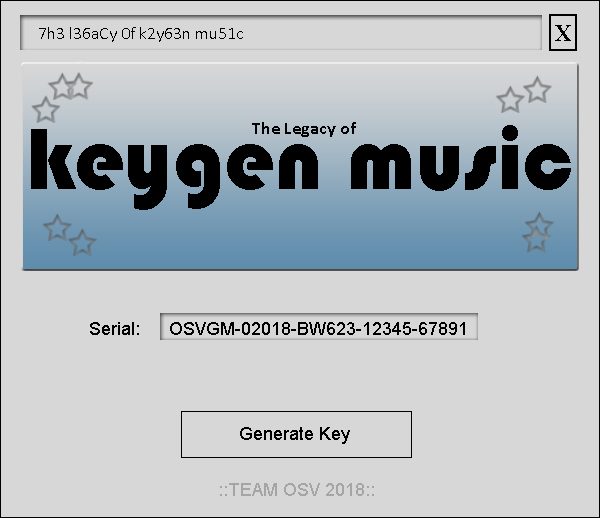
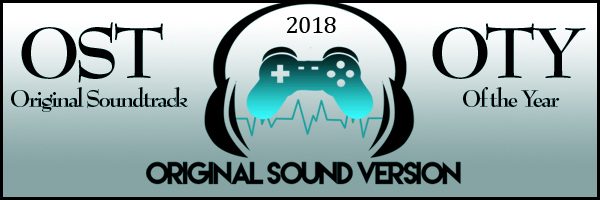
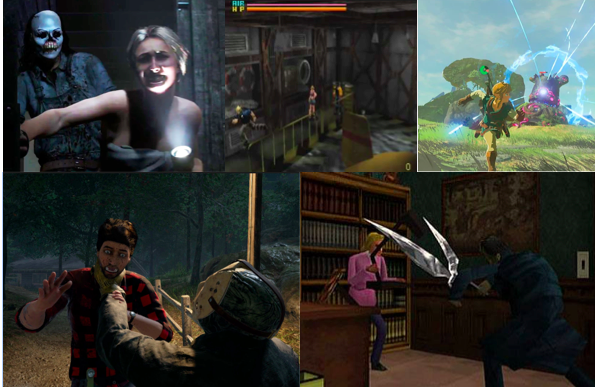

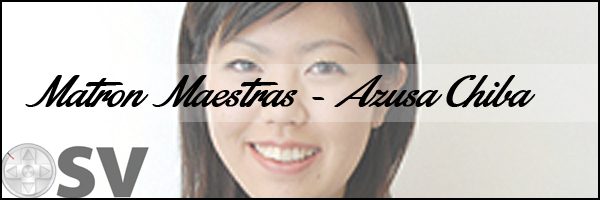
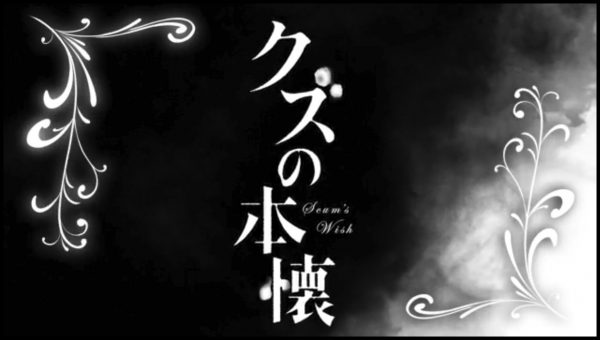


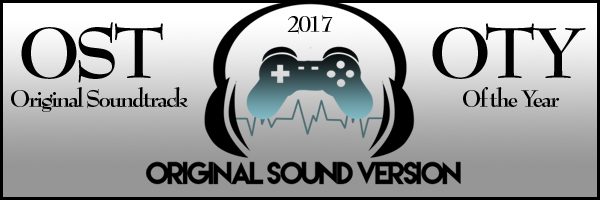
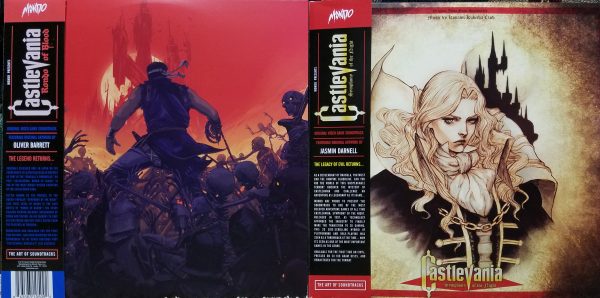
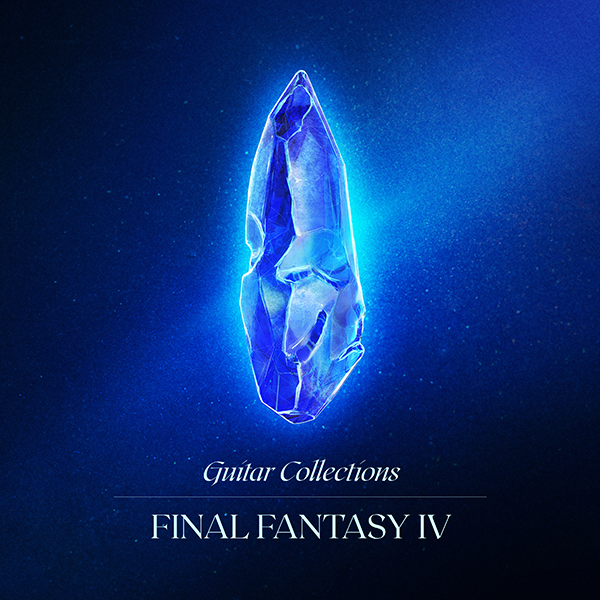
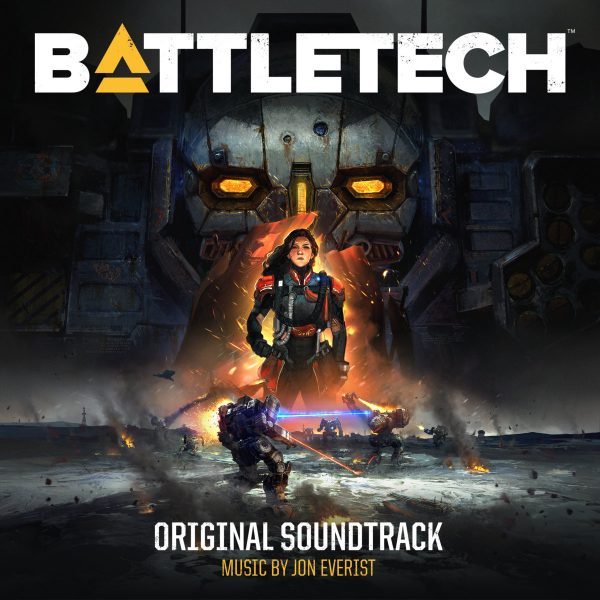
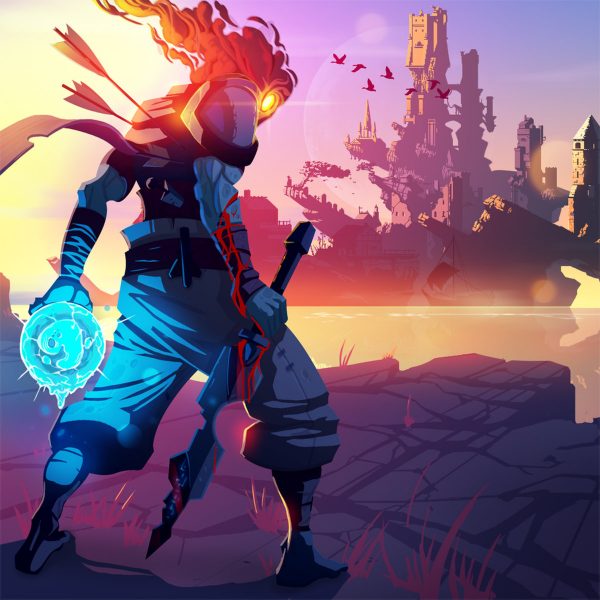
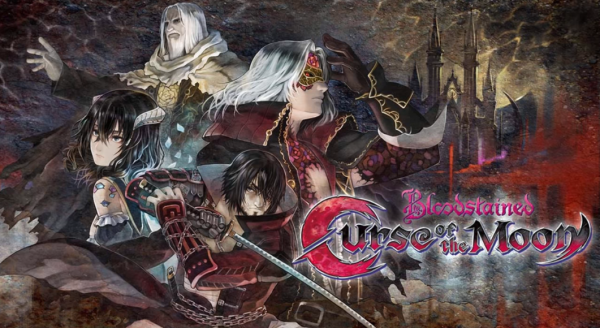
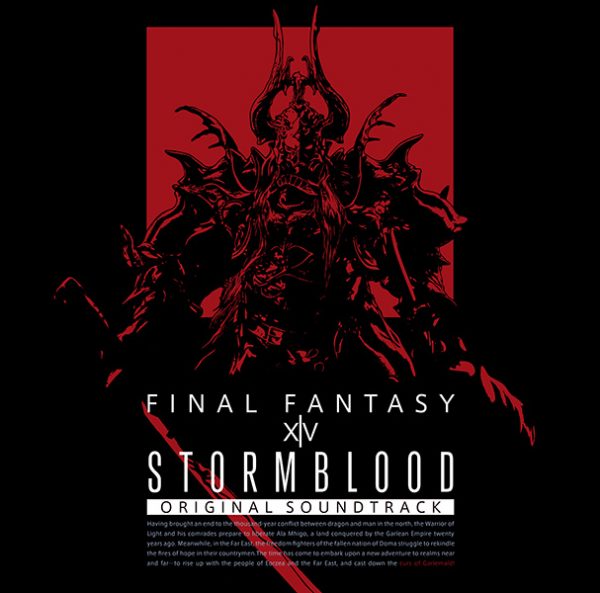
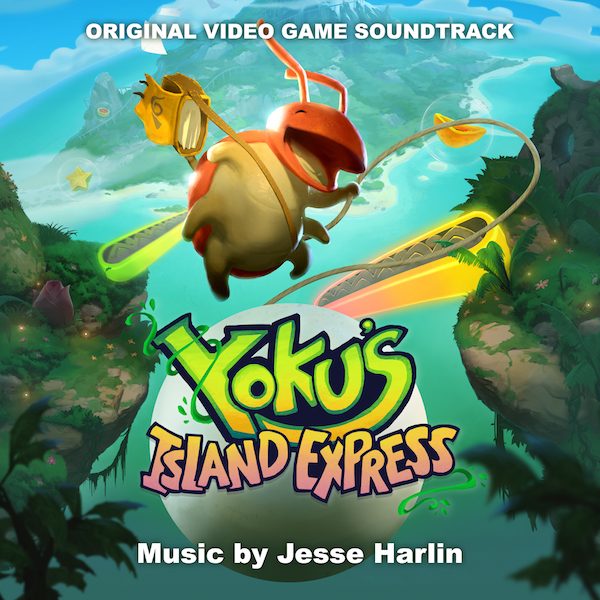
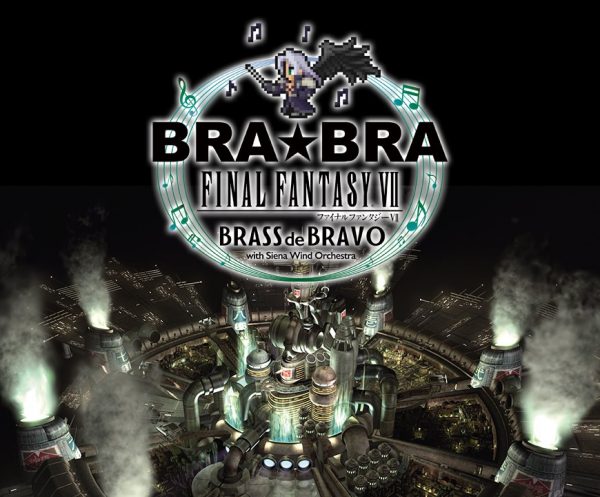
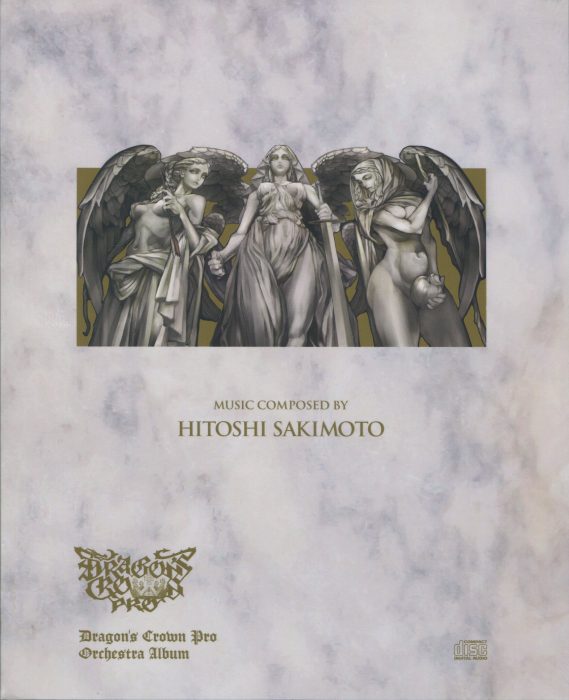
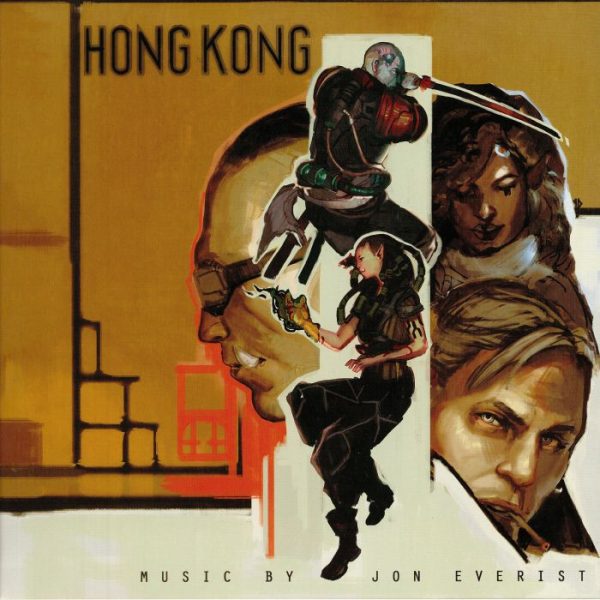
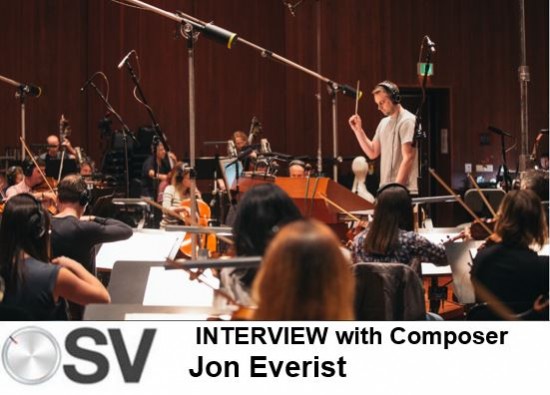
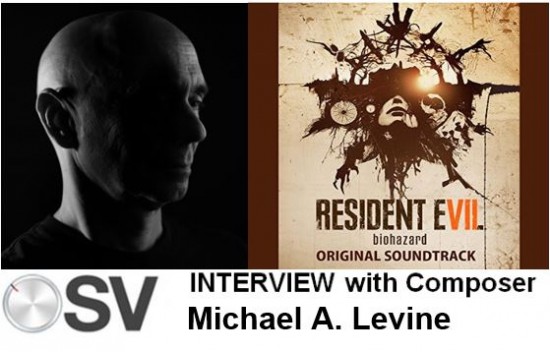
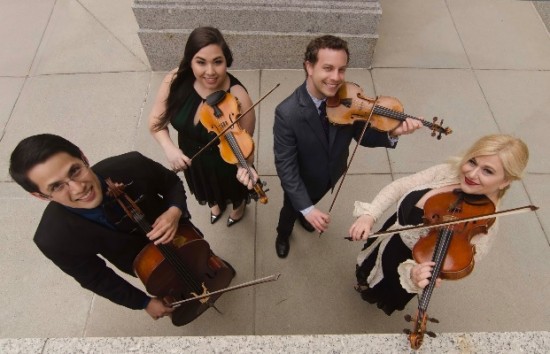
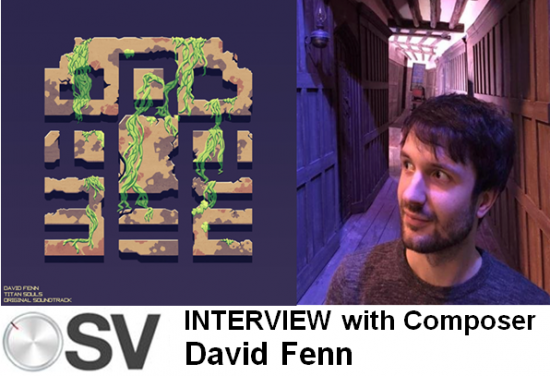
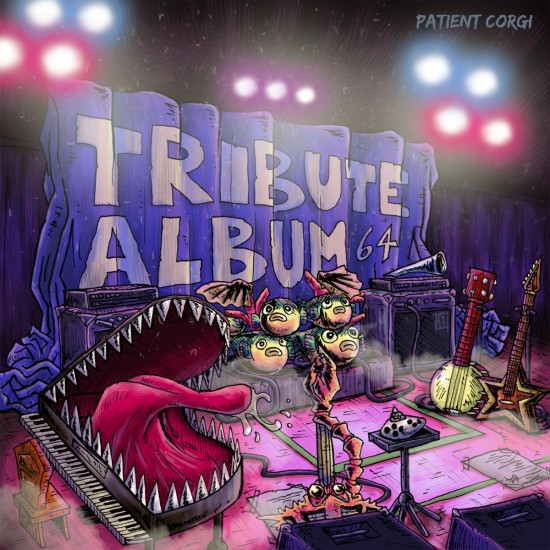
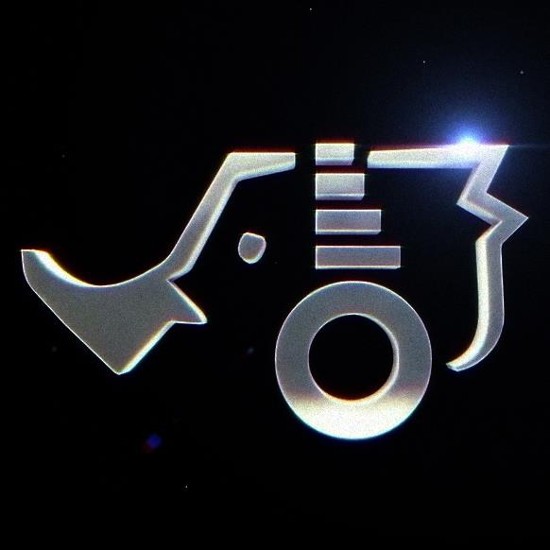
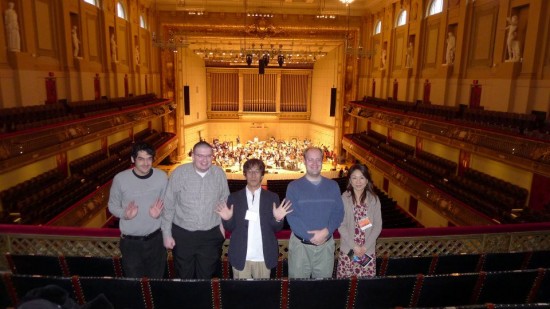
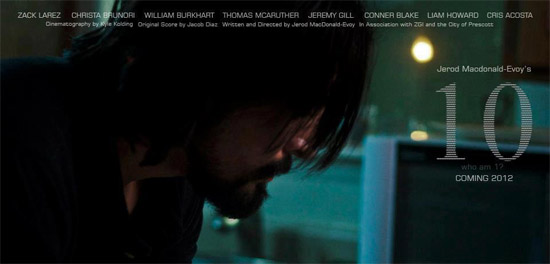
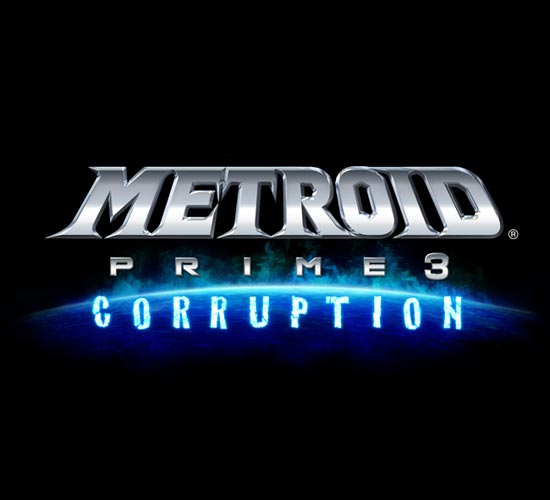


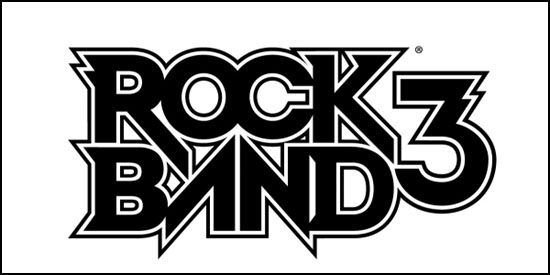

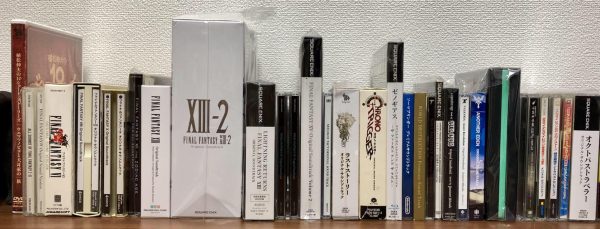
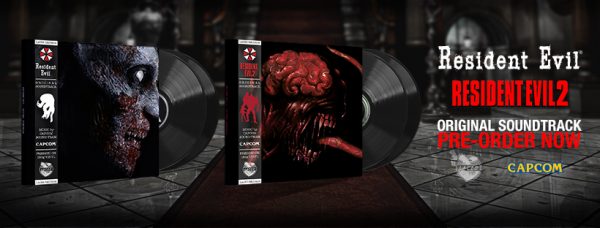
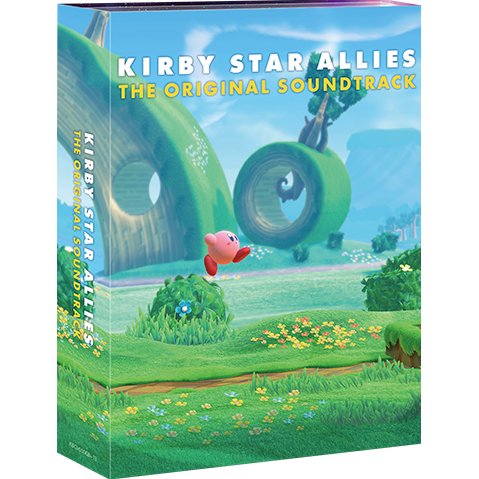
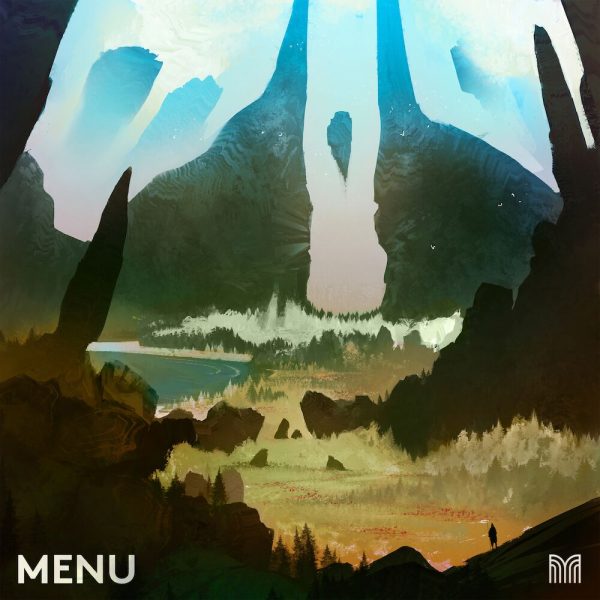

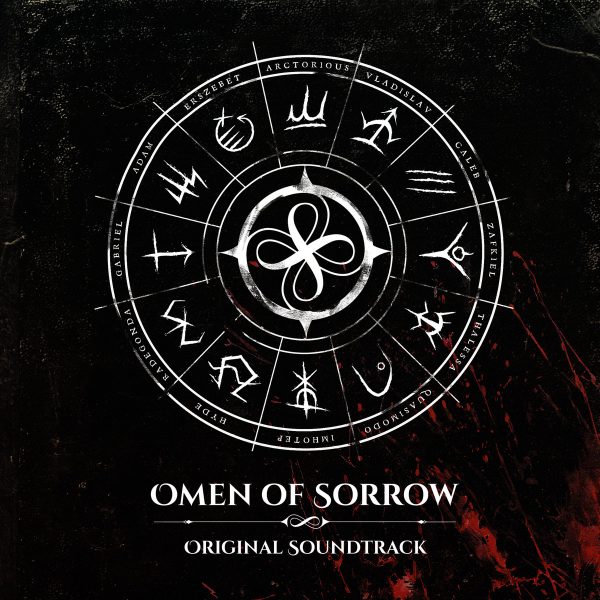
“Don’t Fear the Reaper” is available in Rock Band 1 and exportable to the other games.
AHA! But it’s not a separate DLC item… so one has to shell out for the full RB1 disc to get the song.
They should make it DLC with pro guitar/bass upgrade and then introduce the cowbell hardware accessory as its own instrument. 🙂